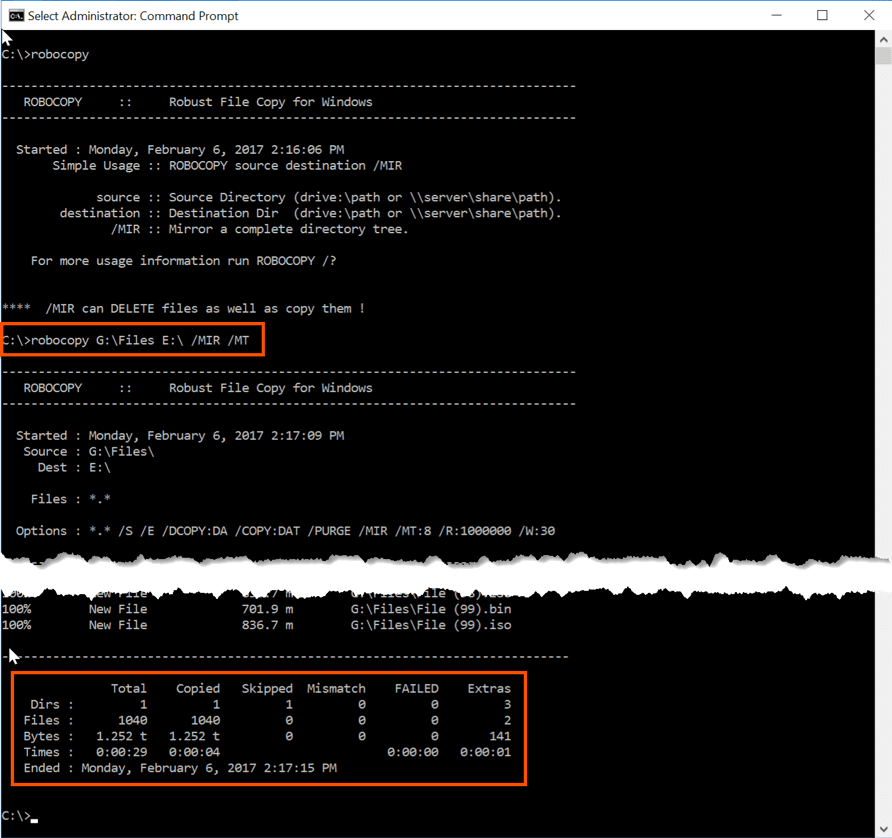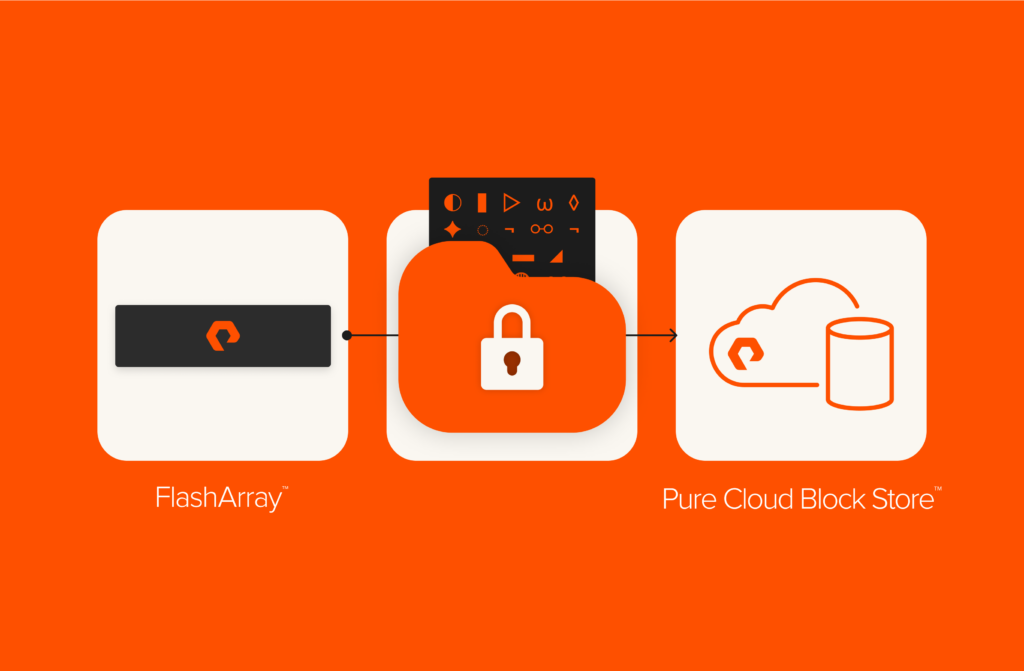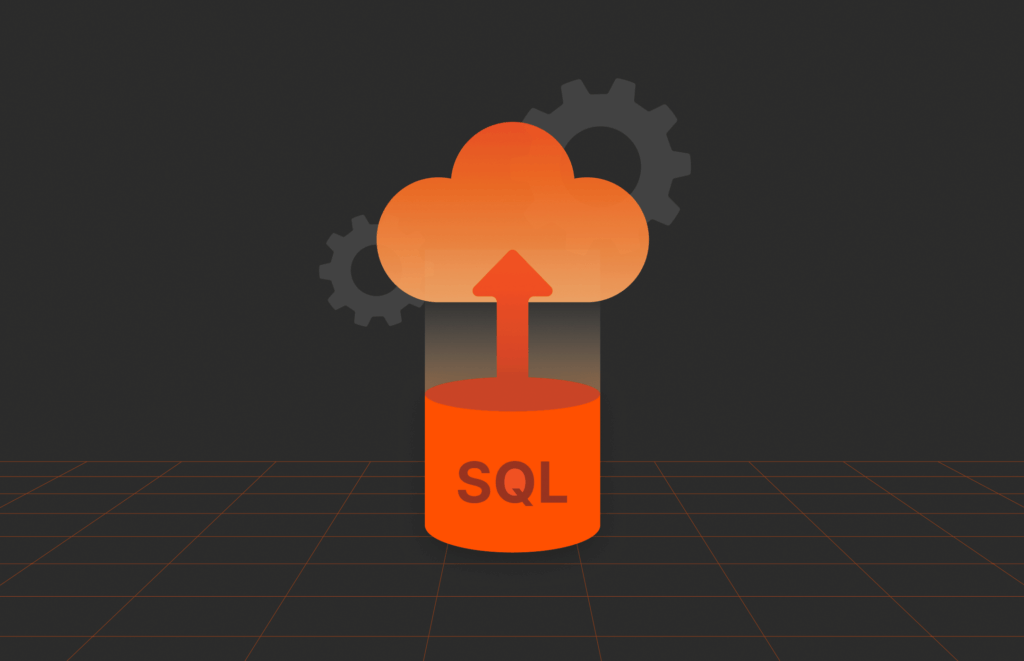Summary
This blog explores the benefits of Offloaded Data Transfer (ODX) with Pure Storage FlashArray and Windows Server, updated with new features in Purity and Windows Server 2019/2022 for optimized data transfer and protection.
Offloaded Data Transfers (ODX) was introduced in Microsoft Windows Server 2012 to provide direct data transfer within or between storage arrays by bypassing the host system. By offloading any file transfer operations on the host system ODX helps to reduce host side latency, leverage the storage array throughput and reduce CPU and networking resources on the host system.
ODX is a transparent operation to the Windows Server host system whether a user or administrator initiates a file transfer using Windows Explorer via drag-n-drop or using command line tools.
Pure Storage has implemented ODX as part of Purity 4.10 maintenance release. By default, Windows Server 2012, 2012 R2 and 2016 have ODX enabled so Pure Storage customers will immediately be able to take advantage of this new Purity capability. The Pure Storage FA-400 Series and FlashArray//M are listed on the Windows Server Catalog as certified for ODX on Windows Server 2012, 2012 R2 and 2016.
Implementing ODX benefits the following use cases:
- Import and export of Hyper-V virtual machines.
- Transfer of large files, examples include: SQL Server databases, Exchange databases, VHD(X) files, image or video files.
Without ODX the operation of transferring data from one host system to another relied entirely upon the network. The basic operation was to read the content from the storage array from host system A, copy the content across the network to host system B and finally write the transferred content back to the same storage array.
To eliminate this inefficiency, ODX uses a token-based mechanism for reading and writing data within or between storage arrays. Instead of routing the data through the host, a small token is copied between the source server and destination server. The token serves as a point-in-time representation of the data. As an example, when you copy a file or migrate a virtual machine between storage locations (within or between storage arrays), a token representing the virtual machine file is copied, thereby removing the need to copy the underlying data through the servers.
The following figure explains the steps that are involved with a token-based copy operation. Reference https://learn.microsoft.com/en-us/previous-versions/windows/it-pro/windows-server-2012-R2-and-2012/hh831628(v=ws.11)?redirectedfrom=MSDN
Example using robocopy to copy 1,040 files (1.252 TB) in 00:00:29 seconds.

The view from the Pure Storage FlashArray web management tool shows that there is no front-end latency or performance hits for IOPS or Bandwidth. Performing this copy is a metadata operation on the FlashArray without interruption or resources to the host.

Updates for Newer Versions of Purity and Windows Server
Since the original publication of this blog, both Pure Storage’s Purity Operating Environment and Microsoft Windows Server have seen significant updates that further enhance the integration and benefits of Offloaded Data Transfer (ODX). Here’s how ODX performs in these newer environments:
1. Enhanced ODX Support in Newer Purity Versions
- Purity 6.x and Beyond: The latest releases of Purity include performance optimizations and broader compatibility with ODX, ensuring faster and more efficient data transfers in modern Windows Server environments.
- Improved Snapshots and Replication: When used with ODX, the enhanced snapshot and replication features in Purity allow for near-instantaneous file and volume migrations, reducing the overall workload on both servers and storage arrays.
- Seamless Upgrades: As with all Pure Storage updates, Purity upgrades are non-disruptive, ensuring continuous ODX functionality without downtime.
2. ODX in Windows Server 2019 and 2022
- Broader Workload Compatibility: ODX continues to be a core feature in Windows Server 2019 and 2022, offering benefits for larger and more complex workloads, including virtualized environments and cloud integrations.
- Improved Storage Performance: Windows Server 2019 and 2022 have introduced better multi-threading and enhanced storage stack optimizations, allowing ODX to perform even faster when paired with Pure Storage arrays.
- Hybrid Integration: With growing adoption of hybrid cloud environments, ODX now plays a critical role in facilitating efficient data transfers between on-premises and cloud-based workloads.
3. Best Practices for Leveraging ODX with Pure Storage
- Verify ODX Enablement: Ensure that ODX is enabled on your Windows Server and FlashArray. Use the following PowerShell command to check the status:
- Optimize for Hybrid Workloads: For hybrid environments utilizing Pure Cloud Block Store™, ODX allows for seamless and efficient data movement between on-premises and cloud storage.
- Pair ODX with SafeMode Snapshots: Use SafeMode snapshots in Purity alongside ODX to enhance data protection during transfers, ensuring immutability and recovery options.
4. Key Benefits of ODX in Modern Environments
- Faster Data Migration: By offloading file and block-level transfers directly to the FlashArray, ODX reduces CPU and network resource usage, improving the overall performance of Windows Server workloads.
- Scalable for Larger Workloads: The combination of ODX and the latest Pure Storage arrays allows for efficient handling of larger and more demanding datasets, such as virtual machines, databases, and big data analytics.
- Seamless Integration with Hyper-V: ODX ensures faster live migrations and storage migrations in Hyper-V environments, making it ideal for organizations running large-scale virtualization platforms.
5. Monitoring and Troubleshooting
- Use Pure1® for Insights: Monitor ODX performance and storage activity using Pure1®, which provides real-time analytics and proactive alerts for potential issues.
- Windows Server Performance Tools: Utilize built-in tools like Resource Monitor and Performance Monitor to track ODX-related activities and ensure optimal configuration.
By leveraging the latest advancements in Purity and Windows Server, organizations can maximize the benefits of ODX, achieving faster, more efficient, and reliable data transfers. For the best results, ensure that your infrastructure is running supported versions and configured according to best practices.







